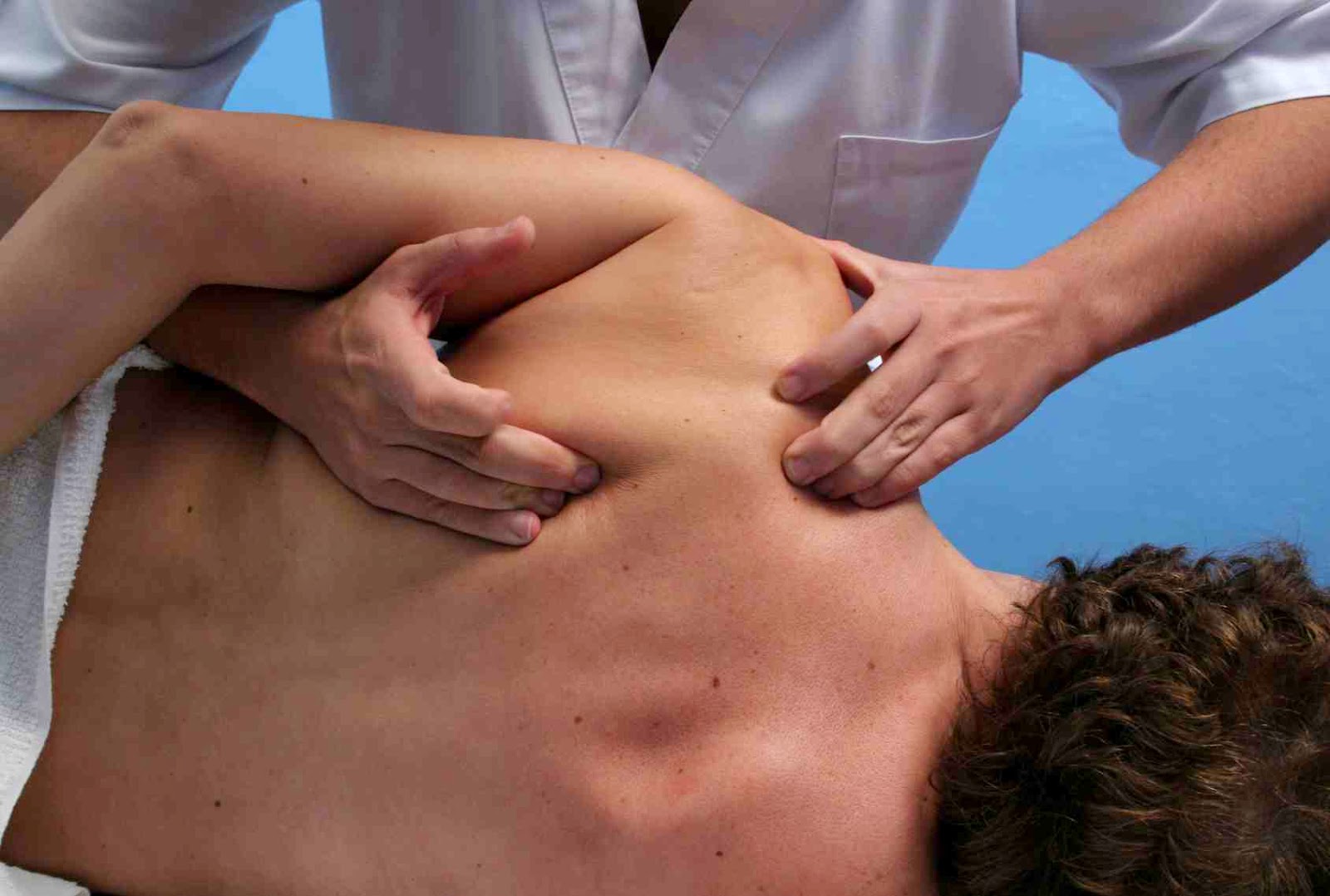I’ll admit, I’m not a big fan of Swedish Massage. I prefer a firmer, “heavy handed” touch. This is especially true whenever I am experiencing joint stiffness, muscle tension, or any time I find myself “knotted” up by stress.
It seems most of my clients feel the same way, too. Muscular overuse, trauma and repetitive stress can cause muscles to form a band of rigid inflexible tissues called adhesions (known colloquially as “knots”).
While most adhesions are seldom dangerous (they’re mostly painful annoyances), I know that extreme cases can sometimes hinder blood circulation, limit movement and flexibility, and be extremely painful. Often, the only way to address these adhesions is through deep tissue massage treatments.
Adhesions, tension and stiffness can be related to a range of chronic conditions, and I have found that using a combination of techniques with particular emphasis on the use of deep tissue massage to be particularly effective in easing client pain from:
Each of these conditions is improved by releasing the corresponding “knots” (muscular adhesions and tension), thereby increasing blood flow, and promoting healthy movement in the area.
While deep tissue massage is helpful for a variety of conditions, and may seem like a cure-all for muscular pain, it should most definitely be avoided in cases where you have:
And although I probably don’t need to mention it, deep tissue massage is also off limits to those who may be pregnant...
Now while my personal preference leans toward deep tissue massage, the technique may not suit everyone. My advice: If you think deep tissue massage may be able to help you recuperate from pain or improve physical performance, make sure you check with your doctor first.
Oh, and don’t just think you can just get a “friend” to just press “really hard” on the affected area! Plenty can go wrong in this scenario that can exacerbate the problem (from creating bone fractures, to muscular tears and nerve damage).
So never —I repeat, NEVER— let anyone who is not qualified give you a deep tissue massage do so!
Oh, and when you DO find the licensed massage therapist that is right for you, don’t forget to examine his/her reviews and qualifications, too.
It seems most of my clients feel the same way, too. Muscular overuse, trauma and repetitive stress can cause muscles to form a band of rigid inflexible tissues called adhesions (known colloquially as “knots”).
While most adhesions are seldom dangerous (they’re mostly painful annoyances), I know that extreme cases can sometimes hinder blood circulation, limit movement and flexibility, and be extremely painful. Often, the only way to address these adhesions is through deep tissue massage treatments.
Adhesions, tension and stiffness can be related to a range of chronic conditions, and I have found that using a combination of techniques with particular emphasis on the use of deep tissue massage to be particularly effective in easing client pain from:
- Chronic muscle tension, pain, spasm or stiffness
- TMJ
- Limited range of motion
- Sciatica
- Muscle, tendon and ligament injuries
- High levels of stress
Each of these conditions is improved by releasing the corresponding “knots” (muscular adhesions and tension), thereby increasing blood flow, and promoting healthy movement in the area.
While deep tissue massage is helpful for a variety of conditions, and may seem like a cure-all for muscular pain, it should most definitely be avoided in cases where you have:
- Inflamed skin or a rash
- Bruising of any kind
- Suffered a recent fracture or hernia
And although I probably don’t need to mention it, deep tissue massage is also off limits to those who may be pregnant...
Now while my personal preference leans toward deep tissue massage, the technique may not suit everyone. My advice: If you think deep tissue massage may be able to help you recuperate from pain or improve physical performance, make sure you check with your doctor first.
Oh, and don’t just think you can just get a “friend” to just press “really hard” on the affected area! Plenty can go wrong in this scenario that can exacerbate the problem (from creating bone fractures, to muscular tears and nerve damage).
So never —I repeat, NEVER— let anyone who is not qualified give you a deep tissue massage do so!
Oh, and when you DO find the licensed massage therapist that is right for you, don’t forget to examine his/her reviews and qualifications, too.
Listen to Your Body,
John Aaron Villarreal
massage therapist | heath coach

Many people that I have met and massaged have a wide variety of ideas & tales concerning their experiences with deep tissue massage.
ReplyDelete